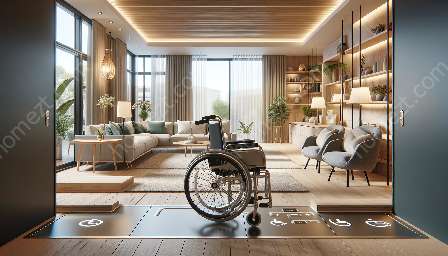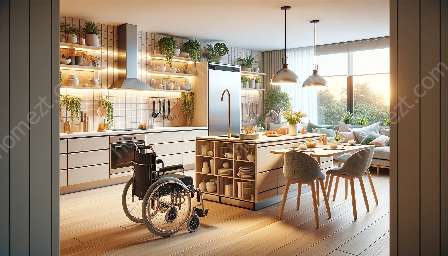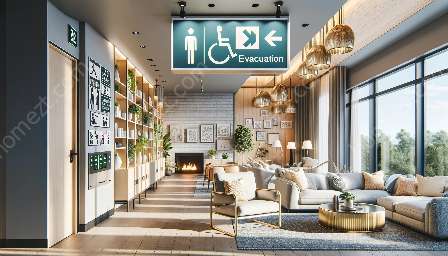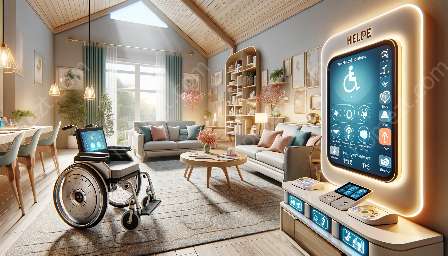Living with a hearing impairment brings unique challenges when it comes to home safety. Ensuring a safe and secure living environment for individuals with hearing impairments requires specific considerations and proactive measures. This comprehensive guide provides valuable insights into home safety tips tailored to the needs of those with hearing impairments.
Understanding the Risks
People with hearing impairments experience obstacles in perceiving audible warning signals, such as smoke alarms, doorbells, and emergency alerts. Lack of auditory cues can put them at a greater risk in emergency situations at home.
Implementing Visual Alarms
Visual alarms, such as flashing lights, strobes, and vibrating devices, offer effective alternatives to audible alarms to alert individuals with hearing impairments in the event of an emergency. Install visual smoke alarms and carbon monoxide detectors throughout the home to provide visual cues in case of danger.
Adopting Vibrating Devices
Utilize vibrating devices, such as bed shakers and wearable alert systems, to ensure that individuals with hearing impairments can be promptly notified during emergencies. These devices can provide vibration-based alerts for various situations, including door knocks, phone calls, and security alarms.
Creating Visible Signage
Clearly labeled visual signage for essential emergency information, evacuation routes, and safety instructions can significantly improve home safety for people with hearing impairments. Labels and signs with concise and easy-to-understand visuals should be strategically placed throughout the home for quick reference during emergencies.
Optimizing Home Lighting
Well-lit spaces with adequate lighting are crucial for enhancing safety for individuals with hearing impairments. Proper lighting not only improves visibility but also assists in conveying important visual cues, ensuring a safer and more accessible home environment.
Investing in Home Automation
Smart home technologies, such as connected doorbells, cameras, and security systems, empower individuals with hearing impairments to monitor and secure their living spaces effectively. Integrating home automation solutions can provide remote access and visual notifications to enhance home safety and security.
Communicating Emergency Procedures
Establish clear and accessible communication protocols for emergencies within the household. Utilize visual cues, written instructions, and designated signals to convey emergency procedures effectively to individuals with hearing impairments, enabling them to respond promptly and appropriately.
Seeking Professional Assessments
Consult with home safety experts, occupational therapists, and audiologists to assess the specific safety needs of individuals with hearing impairments. Professional evaluations can yield personalized recommendations and guidance for implementing tailored home safety measures.
Empowering Independence
Encourage self-reliance and preparedness by equipping individuals with hearing impairments with the necessary tools and knowledge to proactively address safety concerns. Foster a supportive environment that enables them to actively participate in maintaining a secure and comfortable living space.
Building a Support Network
Establish a support network consisting of family members, caregivers, and neighbors to provide additional assistance and vigilance in ensuring the safety of individuals with hearing impairments at home. Collaborate with the community to create a network of support for comprehensive home safety.
Conclusion
By integrating these tailored home safety tips, individuals with hearing impairments can fortify their living spaces with proactive measures that address their unique safety needs. Empowering them with the knowledge and resources to create a secure environment fosters independence and peace of mind, ultimately enhancing their quality of life at home.





















